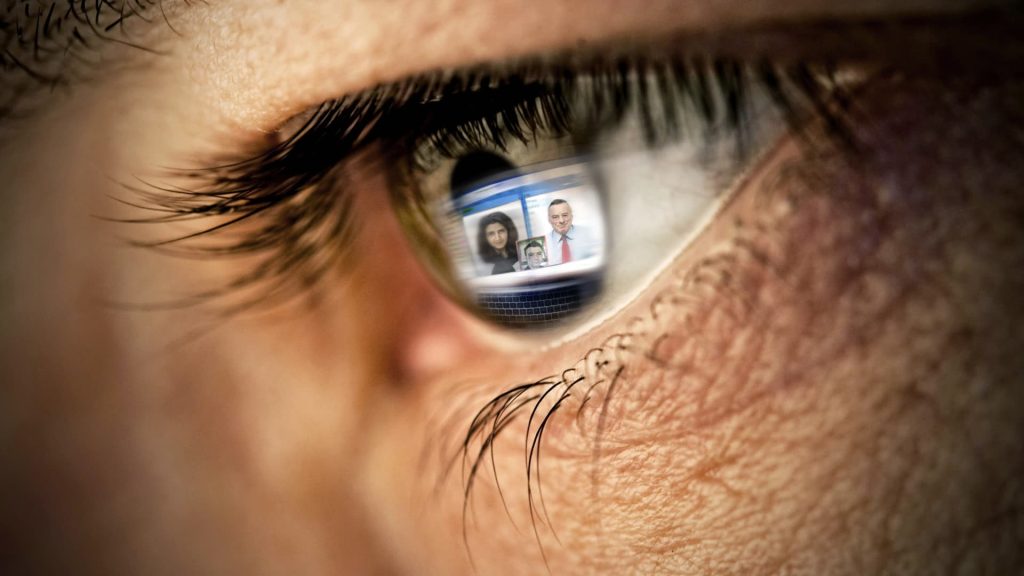
Do gadgets cause blindness? This in-depth analysis will explore the complex relationship between technology and eye health, examining the potential impact of prolonged screen time on vision. Many people are concerned about the impact of constant screen use, particularly regarding potential long-term eye damage. This article will delve into the science behind these concerns, separating fact from fiction. It will discuss the potential symptoms, protective measures, and when to seek professional medical advice. We’ll also examine the current research on digital eye strain and the link, if any, to blindness, providing a clear structure to navigate this complex topic. We’ll also offer practical solutions that can help maintain healthy visual habits, while simultaneously exploring the nuances of the debate surrounding gadgets and eye health.
The Myth of Gadget-Induced Blindness
Exploring the Correlation Between Technology and Vision
The persistent question of whether extended use of digital devices causes blindness is often debated, fueled by anecdotal accounts and social media discussions. This initial discussion unpacks the lack of a definitive link between prolonged screen time and full-blown blindness. While the prevalence of digital eye strain is undeniable, its connection to irreversible blindness remains largely unsubstantiated. Many factors contribute to eye health, and while the use of gadgets can have an impact, it’s crucial to distinguish between temporary discomfort and irreversible harm. Digital eye strain, characterized by symptoms like dry eyes, headaches, and blurred vision, is a demonstrably real issue, but it’s vital to understand this distinction. This article will delve deeper into the science and provide practical solutions to mitigate the impact of digital eye strain. A strong case can be made against the notion that prolonged usage is a definitive cause of blindness.
Understanding Digital Eye Strain
Identifying Symptoms and Potential Causes
Digital eye strain, a modern phenomenon, arises from prolonged screen use. This often involves a lack of proper eye rest or inadequate ambient lighting conditions. Symptoms can range from mild discomfort to more significant issues, like blurry vision and headaches. In some cases, these effects are temporary and subside with rest and relaxation. Other scenarios can indicate more serious underlying problems, highlighting the importance of seeking timely medical attention when needed. Factors contributing to digital eye strain include the amount of time spent using screens, the quality of the display, and the user’s overall eye health. The physical act of constantly focusing on near objects is a crucial element in this process. Addressing this specific aspect is essential when discussing the use of gadgets and visual health.
The Role of Eye Fatigue and Vision Problems
Examining the Link to Existing Conditions
Sustained focus on digital screens can lead to eye fatigue, impacting the eyes’ ability to function optimally. This fatigue, exacerbated by inadequate rest and poor ergonomic setups, can contribute to discomfort and possible eye strain. In turn, individuals with pre-existing eye conditions such as astigmatism, or myopia, may experience more severe symptoms from the strain of constantly focusing on screens. It is vital to consider how individual eye health factors influence the impact of digital device usage. A comprehensive approach should include consideration of the user’s baseline eye health.
Prevention Strategies and Eye Care Tips
Embracing Healthy Digital Habits
The issue is not about eliminating technology, but rather about developing effective strategies to mitigate potential risks. Eye care is crucial for maintaining visual health, particularly in this age of increasing screen time. This includes strategies like taking regular breaks, using proper lighting, and adjusting screen settings for optimum visibility. Maintaining a healthy distance from screens and prioritizing regular eye exams play a pivotal role in preventing digital eye strain. Many simple solutions can significantly decrease risks, while also helping users create healthy habits.
Medical Consultations and Professional Advice
Seeking Guidance for Optimal Eye Care
For individuals experiencing significant or persistent eye strain, seeking professional medical advice is essential. A comprehensive eye exam can identify underlying conditions or determine if the symptoms are related to digital device use. Medical professionals can provide tailored solutions for maintaining eye health and correcting issues. Early detection and treatment of potential vision issues can help prevent further complications.
Frequently Asked Questions
Understanding the Impact of Gadgets on Eye Health
Q1: Can prolonged use of digital devices lead to blindness?
A1: Prolonged screen use is more likely to cause digital eye strain and symptoms like headaches and eye fatigue, but there isn’t substantial evidence linking it to irreversible blindness in healthy individuals. Maintaining healthy habits and seeking professional advice when necessary can help mitigate potential risks associated with prolonged screen time.
Q2: What are some practical steps to minimize the risk of digital eye strain?
A2: Taking regular breaks from screens, using proper lighting, adjusting screen settings for optimal visibility, and maintaining a healthy distance from screens are all effective preventative measures. Following good ergonomics and ensuring adequate hydration can also help mitigate strain.
In conclusion, while prolonged exposure to digital devices might contribute to eye strain, the link to blindness is largely unsubstantiated. The key takeaway is to maintain healthy digital habits, prioritizing eye care practices, and consulting professionals when necessary. Next steps for readers include integrating these tips into their daily routines, participating in regular eye exams, and promoting awareness among others. By adopting these practices, you can safeguard your visual health while enjoying the benefits of technology.